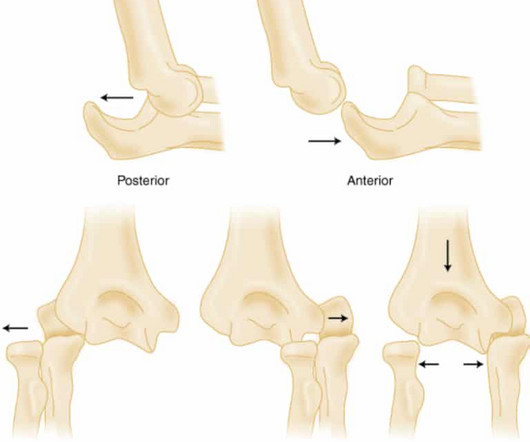Elbow Dislocations
RebelEM
NOVEMBER 6, 2024
Elbow Dislocations in the Emergency Department: A Review of Reduction Techniques. J Emerg Med. Commentary on an article by Marc Schnetzke, MD, et al.: “Determination of Elbow Laxity in a Sequential Soft-Tissue Injury Model. Anatomy, Shoulder and Upper Limb, Radial Nerve. 2023 Nov 5. 2018.02.011.
















Let's personalize your content